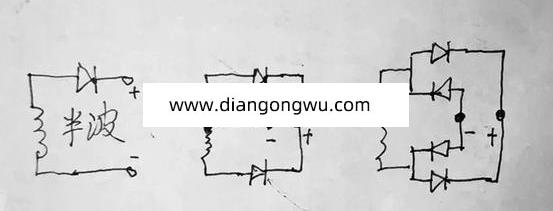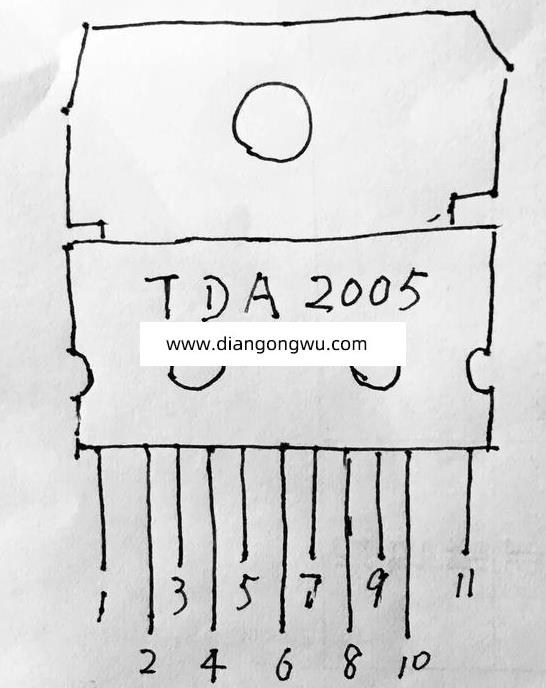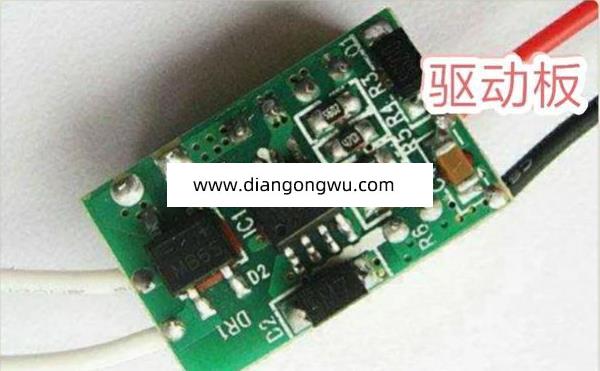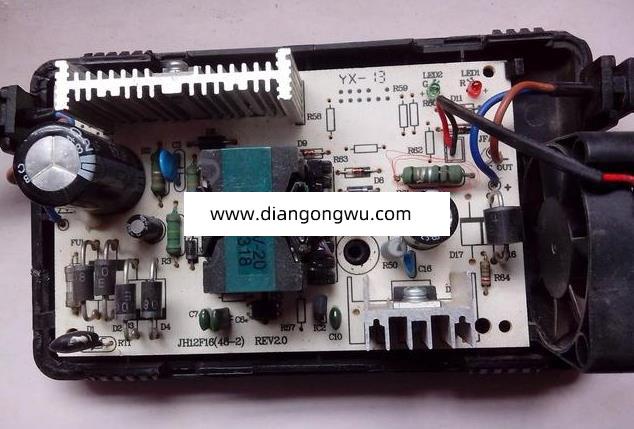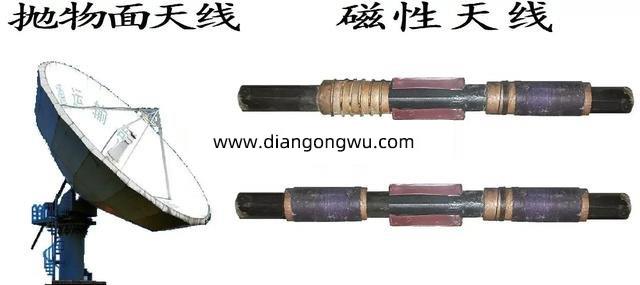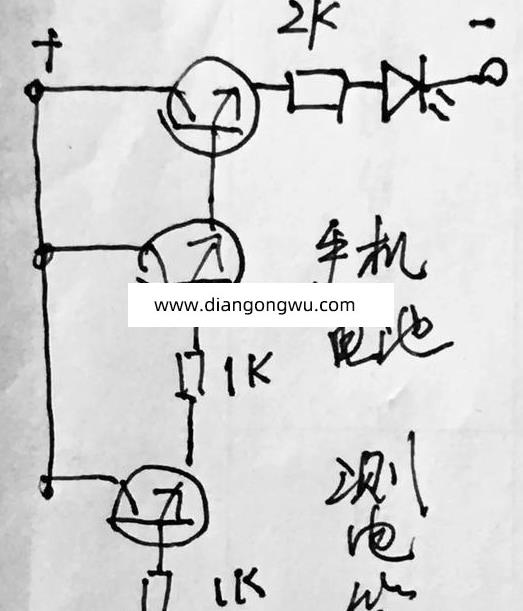今天小编要和大家分享的是布线技巧与EMC相关信息,接下来我将从Inexpensive (Almost Free) Prob,components of a business planppt这几个方面来介绍。

布线技巧与EMC相关技术文章Inexpensive (Almost Free) Prob
Inexpensive (Almost Free) Probe/Tweezers for Testing SMD Components
Abstract: Surface-mount test probes can be very expensive, but they are unnecessary for most prototyping uses. A very low-cost set of tweezers/probes for testing surface-mount components can be made in a few minutes. This tool will save time and reduce errors when prototyping with tiny components. 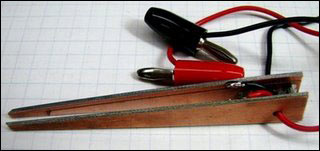 Figure 1. An inexpensive and practical tweezers/probe.This easy-to-make surface-mount device (SMD) tweezers/probe (Figure 1), is made from scrap PC-board (PCB) material and plugs into a DVM or capacitance/inductance meter for easy measurement of tiny SMD components. (Of course, you still need the appropriate meter.) You will find this tweezers/probe far easier to use with tiny parts than regular DVM probes. It also costs much less than meters that come with the tweezers built in.Follow these steps to construct your own tweezers/probe.
Figure 1. An inexpensive and practical tweezers/probe.This easy-to-make surface-mount device (SMD) tweezers/probe (Figure 1), is made from scrap PC-board (PCB) material and plugs into a DVM or capacitance/inductance meter for easy measurement of tiny SMD components. (Of course, you still need the appropriate meter.) You will find this tweezers/probe far easier to use with tiny parts than regular DVM probes. It also costs much less than meters that come with the tweezers built in.Follow these steps to construct your own tweezers/probe. Figure 2. A diagonal line is scribed down the PCB, but ends about 1/8" from the inside corners.1. The tweezers are made from 1/16" thick copper-clad PCB material. A single-sided board will do, but a two-sided board was used in this example. Cut a piece to 4" by 3/4" and scribe a diagonal line, not to the corners, but to points about 1/8" from inside the corners on the short edges (Figure 2). The piece in the above picture was blued to show the line. It helps to have a shear, but you can also cut PCB material by repeatedly scribing a deep groove with a hobby knife and breaking off the board. If you do this, make a groove on both sides of the PCB to get a cleaner edge.
Figure 2. A diagonal line is scribed down the PCB, but ends about 1/8" from the inside corners.1. The tweezers are made from 1/16" thick copper-clad PCB material. A single-sided board will do, but a two-sided board was used in this example. Cut a piece to 4" by 3/4" and scribe a diagonal line, not to the corners, but to points about 1/8" from inside the corners on the short edges (Figure 2). The piece in the above picture was blued to show the line. It helps to have a shear, but you can also cut PCB material by repeatedly scribing a deep groove with a hobby knife and breaking off the board. If you do this, make a groove on both sides of the PCB to get a cleaner edge. Figure 3. The two cut pieces are set to mirror each other.2. Cut the board along the diagonal. Use a hobby knife and a metal ruler or other straight-edge guide to cut out copper to make a trace along the long edge of each piece. Orient the cuts to mirror each other. Then also cut two 1/4" by 3/8" copper-clad rectangles for spacers between the two blades (Figure 3).
Figure 3. The two cut pieces are set to mirror each other.2. Cut the board along the diagonal. Use a hobby knife and a metal ruler or other straight-edge guide to cut out copper to make a trace along the long edge of each piece. Orient the cuts to mirror each other. Then also cut two 1/4" by 3/8" copper-clad rectangles for spacers between the two blades (Figure 3).
Tricks for Cutting the Grooves
An X-Acto®-type blade will break off at the tip while cutting the copper because you have to press down hard. This is to be expected. Keep using the blade even after the tip breaks. When it dulls, just break more off the tip with needle-nose pliers (note: WEAR EYE PROTECTION) to get a sharp edge. It may even help to snap off the blade tip before starting so there are no surprises while cutting. You can even save old blades for this because most get dull only near the tip.To get a clean open groove in the copper, cut once to get a scratch line. Then cut a few more times with the blade angled to one side, then a few more with the blade angled the other way. The angles make a clean beveled edge on the copper and avoid rough, jagged trace edges.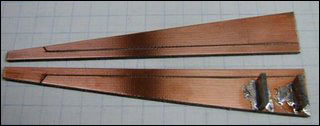 Figure 4. The two rectangular spacers are soldered to one board.3. Solder the small rectangles to one of the blades (Figure 4). Be sure that they do NOT connect to the thin trace along the edge.
Figure 4. The two rectangular spacers are soldered to one board.3. Solder the small rectangles to one of the blades (Figure 4). Be sure that they do NOT connect to the thin trace along the edge. Figure 5. With the two blades soldered to the spacers, holes are drilled as strain reliefs for the test leads.4. Line up the second blade as well as you can, and solder it to the spacers (Figure 5). Again make sure that you do not short the edge traces. Drill a hole through the assembly to be used as strain reliefs for the test leads.
Figure 5. With the two blades soldered to the spacers, holes are drilled as strain reliefs for the test leads.4. Line up the second blade as well as you can, and solder it to the spacers (Figure 5). Again make sure that you do not short the edge traces. Drill a hole through the assembly to be used as strain reliefs for the test leads. Figure 6. Carefully sharpen the points on emery cloth and smooth the cut sides.5. Squeeze the tweezers' ends together, and rub the tip on some emery cloth over a flat surface to grind the ends to an even and tapered point. It should only take a bit of rubbing before the point has no trouble picking up a 0402 resistor. You can also use emery cloth to smooth the cut sides of the blades as well (Figure 6). A belt sander can be used for this, but use a very light touch because powered sanders remove a lot of material in a hurry.
Figure 6. Carefully sharpen the points on emery cloth and smooth the cut sides.5. Squeeze the tweezers' ends together, and rub the tip on some emery cloth over a flat surface to grind the ends to an even and tapered point. It should only take a bit of rubbing before the point has no trouble picking up a 0402 resistor. You can also use emery cloth to smooth the cut sides of the blades as well (Figure 6). A belt sander can be used for this, but use a very light touch because powered sanders remove a lot of material in a hurry. Figure 7. The finished product for testing SMD components.6. Solder on some test leads with banana plugs (Figure 7), and you are ready to go. Using color-coded leads makes it a bit easier to check diodes.
Figure 7. The finished product for testing SMD components.6. Solder on some test leads with banana plugs (Figure 7), and you are ready to go. Using color-coded leads makes it a bit easier to check diodes.
关于布线技巧与EMC就介绍完了,您有什么想法可以联系小编。


